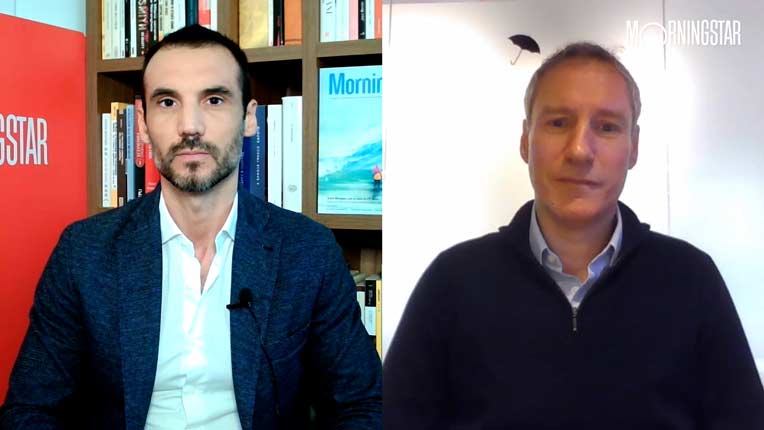The yield curve – a leading economic indicator that has accurately predicted the past five US recessions - inverted fuelling fears of a global economic downturn.
Weaker-than-expected US factory activity in March, along with similarly dour reports from Europe and Japan, helped send US Treasury yields into an inversion, with the spread between yields of three-month Treasury bills exceeding those of 10-year notes for the first time since 2007.
Last Monday, Wall Street stocks sold off sharply, with all three major US stock indexes posting their biggest one-day percentage declines since 3 January. And economic slowdown fears spread to global markets.
The yield curve inversion, if it holds, is seen by some as an indicator that a recession is likely in one to two years.
But not everyone
We sat down with Morningstar head of multi-asset portfolio management, Brad Bugg, to find out why he thinks fears of an imminent recession are misplaced and to discuss how investors can fortify their portfolios during a period of slowing global growth.
Q. What is the yield curve?
Bugg: The yield curve represents the different interest rates investors will receive for differing matures in differing government securities – typically bonds.
In a normal environment, you'd expect short maturities to get an interest rate, and longer maturities to get a higher interest rate. Essentially, you're being compensated for investing your money for longer periods of time.
Q. Why is the curve inverting?
Bugg: Typically, a yield curve will invert where the risks in the shorter term are perceived to be greater than in the longer term. People see greater risks in the short term but
One of the biggest short-term concerns is that global growth is starting to slow, and with slower growth, that potentially brings higher risks in the form of company revenues or sales being lower than expected - whereas people still see the medium to long term outlook for growth being pretty reasonable because the emerging markets around the world will continue to grow.
Q. Is the yield curve a good predictor of recessions?
Bugg: There have been instances historically where an inverted yield curve, when it has remained inverted for a period of time, has pointed to a recession. It doesn't always work, but it’s been a reasonable indicator in the past.
Q. Does the inversion signal a recession?
Bugg: Despite all the doom and gloom in markets, global growth still remains reasonable. The expectation is that we’ll have growth of above 3
China, for instance. While everyone is expecting slower growth, that economy will still probably grow at above 6
Q. Are there any sectors of the market where you’re seeing elevated risk in this environment, and are there any sectors you
Bugg: The financial sector. Lenders typically make their margin by borrowing or lending long term – for 25 years on mortgagees, for instance. But with a flatter yield curve, that affects their margin. That's a less
The sectors we do
Real estate investment trusts are expensive. REITs have done well because they offer a higher yield, and with the typically yielding securities like cash and bonds falling a long way, people have fallen into those REIT structures to get that higher interest rate. So, we think that's pretty priced in at the moment.




















